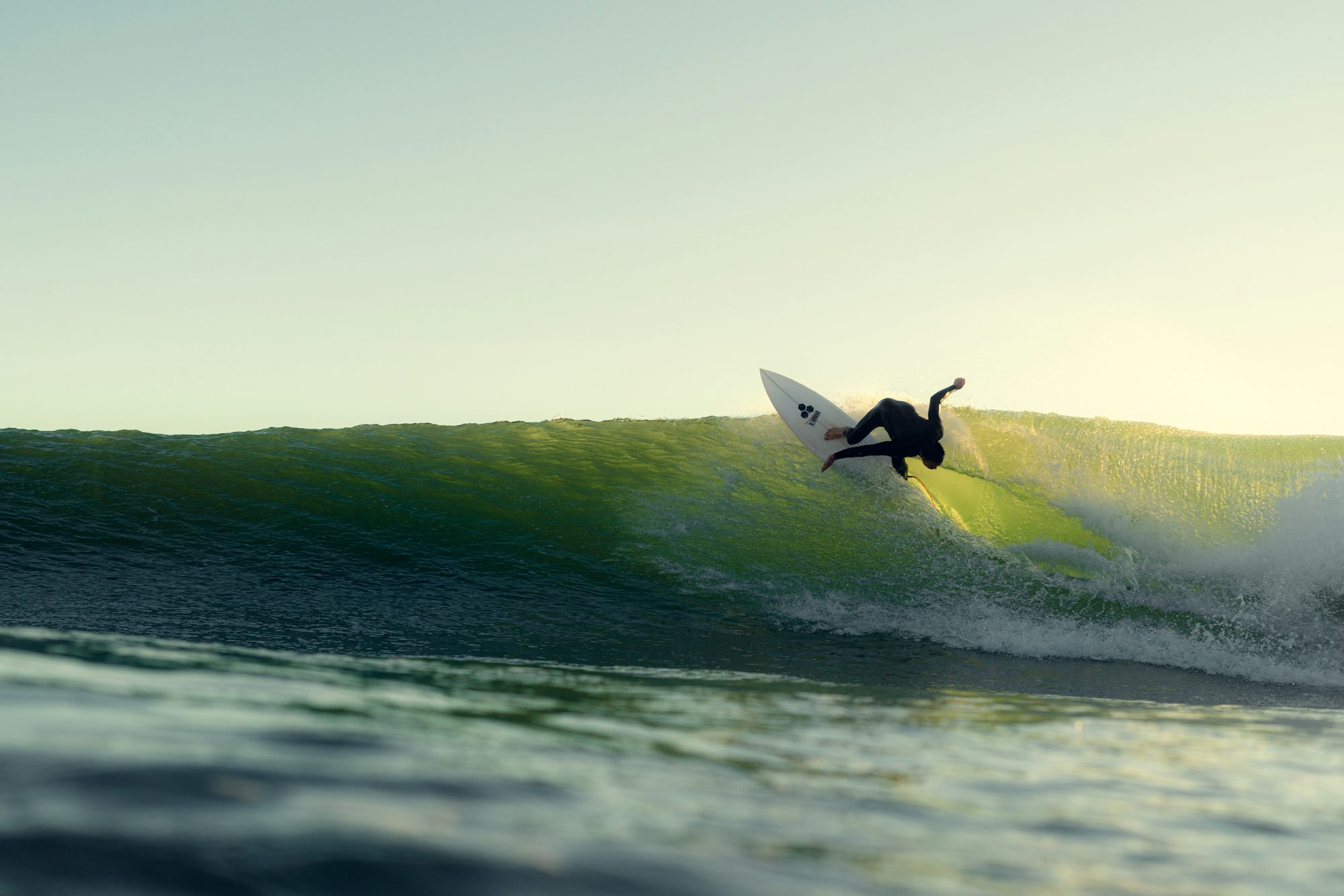Mastering the Waves: A Comprehensive Guide to Surfing Techniques
An in-depth exploration of various surfing techniques, from paddling to advanced maneuvers, aimed at helping surfers improve their skills and confidence in the water.Surfing is a dynamic sport that combines physical skill, mental focus, and an intimate connection with the ocean. For those looking to master the waves, understanding various techniques is essential. This article offers a comprehensive guide to key surfing techniques, including paddling, taking off, turning, and advanced maneuvers, to help surfers at all levels improve their skills and enjoy their time in the water. Paddling is the foundation of surfing and is crucial for positioning oneself to catch waves. To paddle effectively, a surfer should lie flat on their board, ensuring that their hips are aligned with the tail. Using long, deep strokes with both arms allows for efficient movement through the water. Timing is also vital; paddling should be synchronized with the incoming wave to gain speed and position. Additionally, keeping the head up helps surfers anticipate the wave and adjust their positioning accordingly. The take-off is one of the most critical moments in surfing. It occurs when a surfer transitions from paddling to riding the wave. To execute a successful take-off, surfers need to gauge the wave's size and power. As the wave approaches, they should paddle hard to gain momentum. Once they feel the wave lift them, they should quickly push up from the prone position into a standing stance, keeping their knees slightly bent for stability. This transition requires practice, as timing and balance are crucial to maintain control. Turning is an essential skill that allows surfers to navigate the wave effectively. There are two primary types of turns: bottom turns and top turns. A bottom turn is executed after dropping down the face of the wave. To perform this maneuver, surfers should lean into the turn, shifting their weight onto their back foot while looking in the direction they want to go. This allows them to generate speed and set up for the next maneuver. On the other hand, a top turn is performed when surfers reach the crest of the wave. By leaning forward and applying pressure to the front foot, surfers can pivot and redirect their trajectory back down the wave. Mastering these turns enhances a surfer's ability to maneuver and respond to changing wave conditions. As surfers gain confidence, they often seek to incorporate more advanced techniques into their repertoire. One popular maneuver is the cutback, which involves turning back towards the wave after riding its face. To execute a cutback, surfers should approach the wave's shoulder, then shift their weight to their back foot while carving back towards the pocket. This maneuver not only showcases skill but also helps maintain speed and control. Another advanced technique is the aerial maneuver, where surfers launch off the wave into the air before landing back on the water. This requires precise timing, control, and commitment. To perform an aerial, surfers must gain enough speed and height on the wave. As they approach the lip, they should compress their body and spring off the board, using their arms for balance and direction. Landing back on the wave requires quick reflexes and the ability to absorb the impact to maintain momentum. Alongside these techniques, understanding wave dynamics is essential for any surfer. Each wave behaves differently based on factors such as wind, swell direction, and tide. By studying these conditions, surfers can better predict how waves will break and which ones are worth catching. For example, beach breaks tend to create more powerful waves but can be inconsistent, while point breaks provide more predictable conditions. Knowledge of local surf spots and their unique characteristics allows surfers to make informed decisions and enhances their overall experience. Safety is also a crucial aspect of surfing. Surfers should always be aware of their surroundings, including other surfers, swimmers, and potential hazards like rocks or strong currents. Using a surf leash is advisable to prevent the board from drifting away after a wipeout. Additionally, understanding rip currents and how to navigate them can help surfers stay safe while enjoying their time in the water. Community and camaraderie are significant elements of surfing culture. Surfers often share tips, experiences, and support each other in their journeys to improve. Joining local surf clubs or participating in group lessons can provide valuable learning opportunities and foster friendships. The shared passion for the ocean creates a sense of belonging and encourages surfers to explore new techniques and challenges together. For beginners, it’s essential to start with the basics and build a strong foundation. Taking lessons from experienced instructors can help new surfers develop proper techniques and avoid common pitfalls. As confidence grows, surfers can gradually incorporate more advanced maneuvers into their practice, always keeping safety and respect for the ocean in mind. Additionally, utilizing surf coaching apps and video analysis can provide constructive feedback, enabling surfers to refine their skills and techniques further. In conclusion, mastering surfing techniques is a journey that requires practice, patience, and a deep connection to the ocean. From paddling and taking off to executing turns and advanced maneuvers, each aspect of surfing contributes to a rewarding and exhilarating experience. By understanding wave dynamics, prioritizing safety, and engaging with the surfing community, surfers can enhance their skills and fully embrace the joy of riding the waves. As surfers continue to push their boundaries and explore new techniques, the connection to the ocean only deepens, enriching their surfing journey for years to come.
